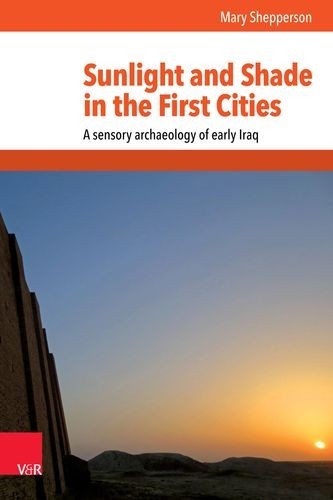- Ebook

Sunlight and Shade in the First Cities
- Año de edición 2017
The emergence of urbanism in Iraq occurred under the distinctive climatic conditions of the Mesopotamian plain; rainy winters and extremely hot summers profoundly affected the formation and development of these early cities. Sunlight and Shade in the First Cities explores the relationship between society, culture and lived experience through the way in which sunlight was manipulated in the urban built environment. Light is approached as both a physical phenomenon, which affects comfort and the practical usability of space, and as a symbolic phenomenon rich in social and religious meaning. Through the reconstruction of ancient urban light environments, to the extent possible from the archaeological remains, the location, timing and meaning of activities within early Mesopotamian cities become accessible. Sunlight is shown to have influenced the formation and symbolism of urban architecture and shaped the sensory experience of urban life.From cities as part of the sunlit landscape, this work progresses to consider city forms as a whole and then to the examination of architectural types; residential, sacred and palatial. Architectural analysis is complemented by analysis of contemporary textual sources, along with iconographic and artefactual evidence. The cities under detailed examination are limited to those on the Mesopotamian plain, focusing on the Early Dynastic periods up to the end of the second millennium BC.This volume demonstrates the utility of light as a tool with which to analyse, not just ancient Mesopotamian settlements, but the built environment of any past society, especially where provision of, or protection from sunlight critically affects life. The active influence of sunlight is demonstrated within Mesopotamian cities at every scale of analysis.
-
FormatoEbook
-
EstadoNuevo
-
Isbn9783647540535
-
Peso11 MB
-
Número de páginas263
-
Año de edición2017
-
IdiomaInglés
-
FormatoPDF
-
ProtecciónDRM
-
ReferenciaBKW130130
